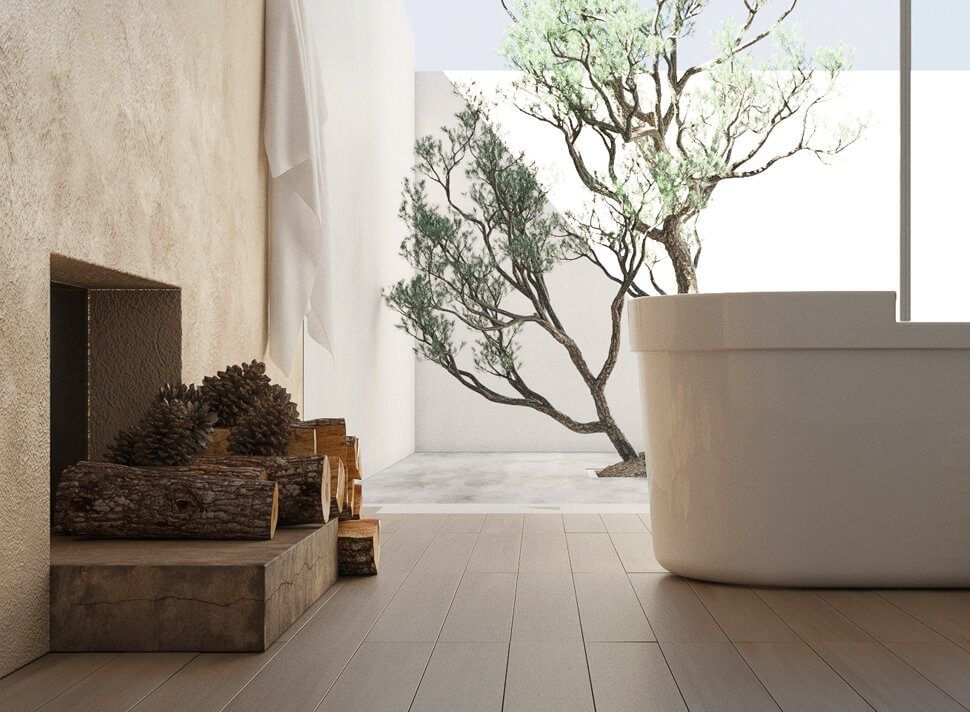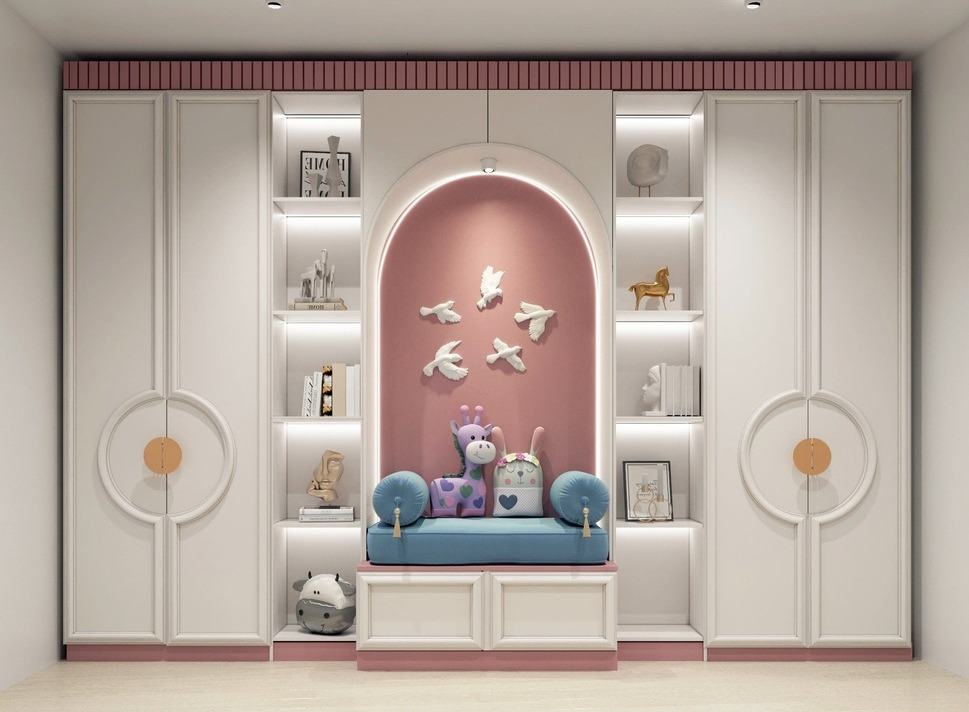Digital Rendering Interior Design: How to Use Technology to Create Stunning Visuals
In interior design, the ability to transform creative visions into tangible, jaw-dropping spaces is nothing short of magical. It's a discipline where aesthetics meet functionality, where the ambiance of a room can evoke emotions, and where every element, from furniture placement to color schemes, plays a vital role in the final masterpiece. However, before a design comes to life, it often begins as a concept, a vision in a designer's mind. And this is where technology has made its indelible mark.
In this article, we embark on a captivating journey through the world of digital rendering in interior design. We'll explore the tools, techniques, and technologies that empower designers to create stunning visualizations of their concepts. From software solutions to rendering techniques, we'll uncover the secrets of how technology has revolutionized the interior design industry.
Introduction
The Significance of Interior Design Rendering
Interior design rendering uses technology to bring design concepts to life through visualizations. It allows designers to create highly detailed, realistic images of interior spaces before they are built. These visualizations bridge the designer's vision and the client's understanding of the final design.
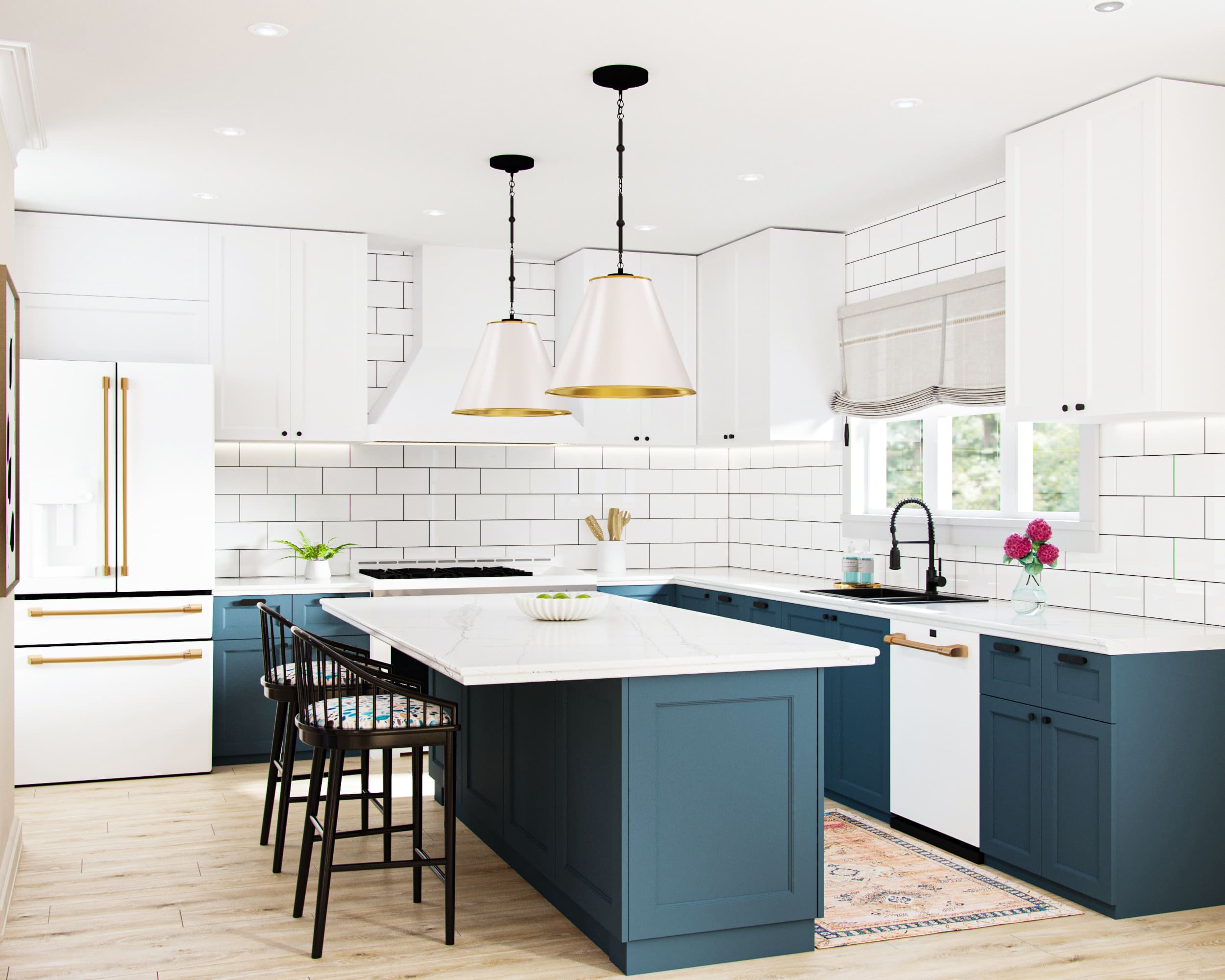
Image from Yousee Studio
Visualization has always been a vital aspect of the design process. In the past, designers relied on hand-drawn sketches, blueprints, and physical models to convey their ideas. While these methods still hold value, digital rendering has become an essential tool in modern interior design for several reasons:
- Visualization: Digital interior design rendering provides a clear and realistic representation of the final design, allowing clients to visualize the space accurately.
- Efficiency: It accelerates the design process by enabling quick changes and iterations, reducing the time required to bring a concept to fruition.
- Cost Reduction: By catching design flaws early in the process, digital rendering helps avoid costly mistakes during construction.
- Communication: Designers can effectively communicate their ideas to clients, contractors, and other stakeholders, ensuring everyone is on the same page.
The Evolution of Digital Technology in Design
The evolution of digital technology has been transformative for the interior design industry. Technology has reshaped how designers conceptualize and present their ideas, from the early days of computer-aided design (CAD) to the latest advancements in real-time rendering and virtual reality.
Interior design software has become more sophisticated and user-friendly, enabling designers to create detailed 3D models and renderings with relative ease. The integration of real-time rendering engines has further streamlined the design process, allowing instant feedback and adjustments.
In the following sections, we'll delve into the tools and software used in interior design rendering, explore techniques to create stunning visuals and investigate the impact of real-time rendering and virtual reality on the industry. We'll also touch on the challenges designers face and the exciting future trends that await.
Tools and Software for Interior Design Rendering
Leading Software Solutions
- Autodesk 3ds Max is a powerhouse in 3D modeling and rendering. It's a versatile tool that allows designers to create highly detailed interior spaces, complete with furnishings, lighting, and textures. With an extensive library of plugins and a user-friendly interface, 3ds Max has become a go-to choice for interior design professionals.
- SketchUp is renowned for its simplicity and accessibility. Designers can quickly sketch ideas in 3D, making it an excellent tool for brainstorming and early-stage concept development. While it may not offer the same level of detail as other software solutions, SketchUp's ease of use makes it a valuable addition to the designer's toolkit.
- Blender is an open-source 3D creation suite that has gained popularity for its robust capabilities and the fact that it's entirely free to use. While it has a steeper learning curve than some other software, it offers advanced features for those who invest the time to master it.
- V-Ray is a rendering engine that integrates seamlessly with many 3-D modeling applications, including 3DS Max and SketchUp. It's known for its photorealistic rendering capabilities, making it an excellent choice for designers who prioritize realism in their visualizations.
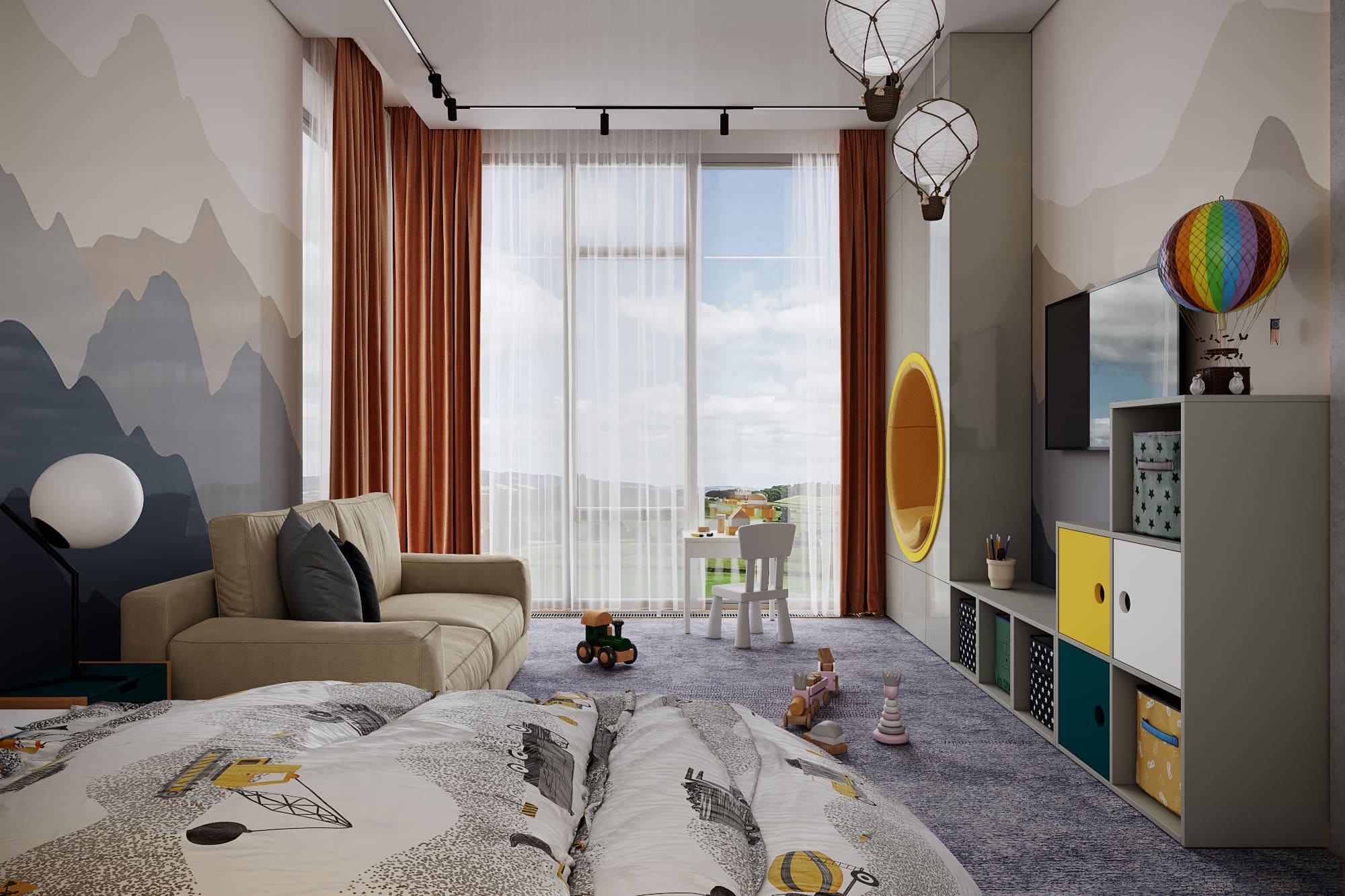
Image from Yousee Studio
Hardware Requirements for Rendering
Creating detailed interior renderings can be demanding on your computer's hardware. To ensure a smooth rendering process, designers often require a computer with the following specifications:
- Processor: A multi-core processor, preferably with high clock speeds, is essential for rendering tasks.
- Graphics Card: A powerful GPU with ample VRAM is crucial for handling the complex calculations involved in rendering.
- RAM: More RAM allows for smoother multitasking and handling large 3D models and textures.
- Storage: Fast SSD storage is recommended for quickly loading large project files.
- Display: A high-resolution monitor with accurate color representation is essential for evaluating the quality of renderings.
Rendering Techniques for Stunning Visuals
Creating stunning interior design renderings involves more than just having the right software and hardware. It requires a deep understanding of various rendering techniques and principles. Let's explore essential techniques designers use to transform their concepts into breathtaking visuals.
1. Realistic Materials and Textures
Materials and textures are pivotal in achieving realism in interior design renderings. Designers must pay attention to the finer details of surfaces, such as wood grain, fabric texture, or reflective properties of glass and metal. Here's how they do it:
- Texture Mapping: Designers use texture maps to apply intricate surface details to 3D models. These maps can include diffuse, standard routine, and displacement maps to simulate various material properties.
- PBR Materials: Physically Based Rendering (PBR) materials mimic real-world materials' behavior under different lighting conditions. PBR shaders are now a standard in many rendering engines, ensuring accurate material representation.
- UV Unwrapping: To apply textures accurately, designers use UV unwrapping techniques to create a 2D representation of a 3D model's surface. This process allows them to paint or apply textures precisely.
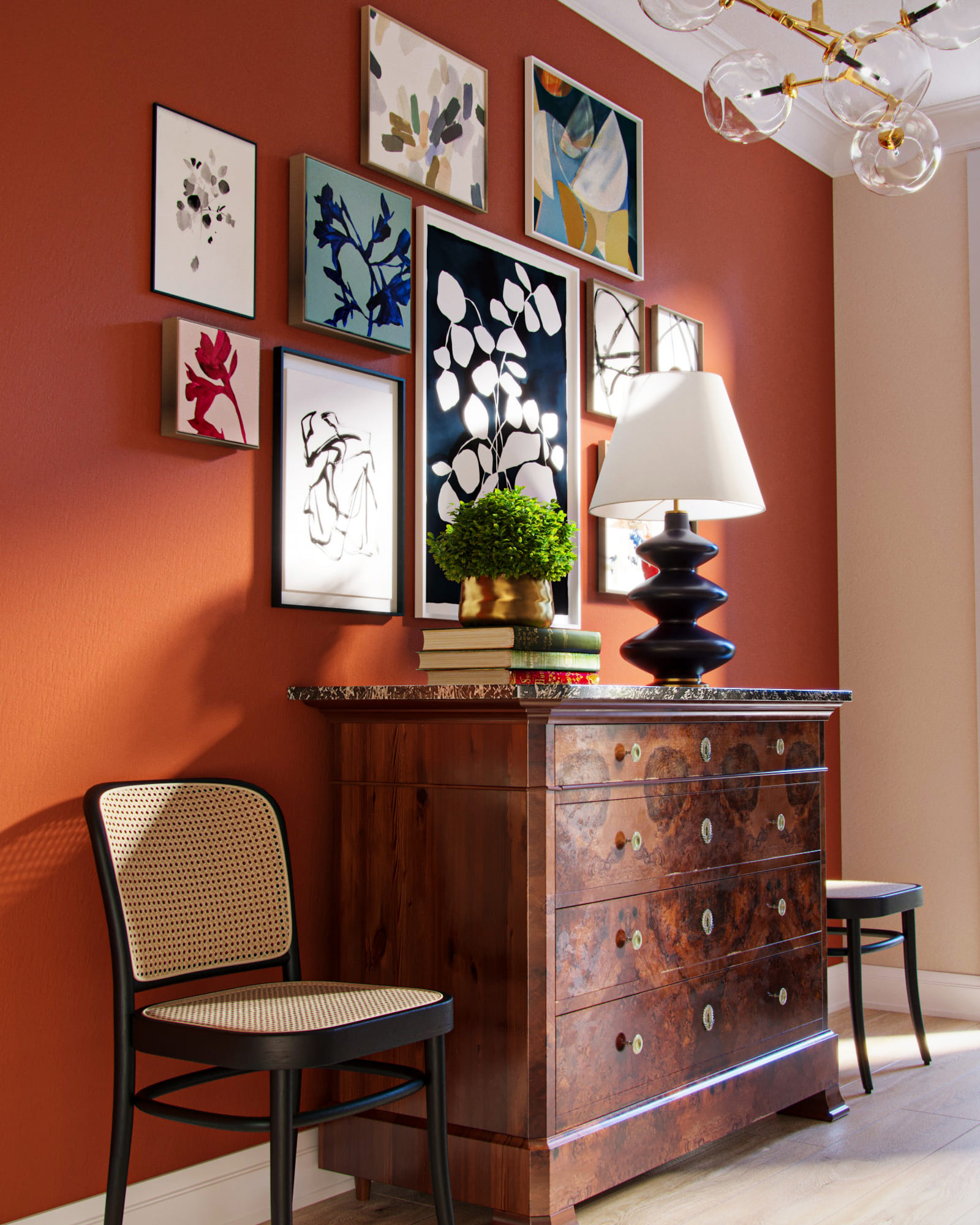
Image from Yousee Studio
2. Effective Lighting Strategies
Lighting is arguably the most critical aspect of rendering. It not only illuminates the scene but also sets the mood and ambiance. Here are some lighting strategies interior designers use:
- Natural Lighting: Designers often start with daylight simulation. They position virtual windows and openings to realistically allow natural light to enter the space.
- Artificial Lighting: Simulating artificial light sources, such as lamps and fixtures, is essential for showcasing the interior's functionality and aesthetics. Designers adjust parameters like color temperature and intensity to achieve the desired effect.
- Global Illumination: Global Illumination (GI) techniques simulate how light bounces and interacts with surfaces, creating soft shadows and realistic lighting. This adds depth and realism to renderings.
- HDR Environment Maps: High Dynamic Range (HDR) environment maps capture real-world lighting conditions, including the intensity and color of light from the environment. Designers use these maps to provide accurate lighting for their scenes.
3. Camera Settings and Composition
A well-composed shot can make or break a rendering. Designers apply principles borrowed from photography to create visually pleasing images:
- Composition: The rule of thirds, leading lines, and framing are composition techniques that help create visually engaging renderings. Designers carefully position the camera to highlight essential elements of the design.
- Depth of Field (DOF): DOF settings allow designers to control which parts of the scene are in focus and which are blurred. This technique draws attention to specific areas, just like a camera lens.
- Camera Angles: Exploring various camera angles helps designers find the best perspective to showcase the design's unique features. Different angles can emphasize a space's scale, functionality, or aesthetics.
4. Post-Processing
Even after rendering is complete, there's room for improvement through post-processing:
- Color Correction: Designers often adjust colors, contrast, and saturation to enhance the visual impact of a rendering. This step ensures that colors appear as intended and evoke the desired emotions.
- Image Filters: Filters like vignettes, lens flares, and bloom effects can add a touch of realism or drama to renderings, making them more visually appealing.
- Compositing: Designers may combine multiple render passes, such as reflections, shadows, and highlights, to fine-tune the final image in post-processing software like Adobe Photoshop.
By mastering these techniques, interior designers can transform their digital models into photorealistic renderings that captivate clients and stakeholders. However, as technology advances, the realm of rendering continues to evolve.
Real-time rendering and Virtual Reality
The interior design industry is on the brink of a transformative shift, thanks to real-time rendering and virtual reality (VR) technologies. These innovations enable designers to create immersive experiences that were once unimaginable.
1. Real-Time Rendering
Real-time rendering engines like Unreal Engine and Unity have gained prominence in interior design. These engines provide designers with immediate feedback, allowing them to instantly adjust and view the results. Key features include:
- Interactivity: Real-time renderings are interactive, meaning users can navigate through spaces, change materials, and even experience different lighting conditions in real time.
- Client Engagement: Design presentations are more engaging when clients can explore the design in real time. It fosters a deeper understanding of the project and encourages constructive feedback.
- Efficiency: Real-time rendering significantly reduces the time required to produce high-quality visuals. Changes can be made on the fly, eliminating the need for lengthy re-rendering processes.
2. Virtual Reality (VR)
VR takes interior design visualization to the next level by immersing users in a digital representation of a space. Designers and clients can put on VR headsets and step into the design as if they were physically present. VR offers several advantages:
- Spatial Understanding: VR allows users to perceive a design's scale, proportions, and spatial relationships more accurately than traditional 2D renderings or 3D models on a screen.
- Immersive Exploration: Clients can virtually walk through spaces, open doors, and interact with objects, providing a realistic sense of what the finished project will be like.
- Design Validation: Designers can more effectively identify potential issues or improvements in VR. It enhances the decision-making process during the design phase.
Integrating real-time rendering and VR technologies blurs the lines between the virtual and physical worlds. Designers can collaborate with clients and stakeholders in real time, making design revisions a collaborative and engaging experience.
Challenges and Future Trends
While the advancements in rendering technology are exciting, they also present challenges for interior designers:
1. Learning Curve
Mastering the intricacies of rendering software and real-time engines can be time-consuming. Designers must invest in training and skill development to fully harness these tools' capabilities.
2. Hardware Requirements
Real-time rendering and VR indeed demand powerful hardware, which can be costly. However, the good news is that as technology progresses, hardware becomes more accessible and affordable. High-performance graphics cards, once considered a luxury, are now available at various price points, making them more attainable for designers and firms.
Additionally, cloud-based rendering solutions are emerging, allowing designers to offload some computational heavy lifting to remote servers. This cloud rendering approach reduces the need for expensive hardware upgrades, as the rendering process is executed on powerful remote servers, and designers can access the final results through a web interface or application.
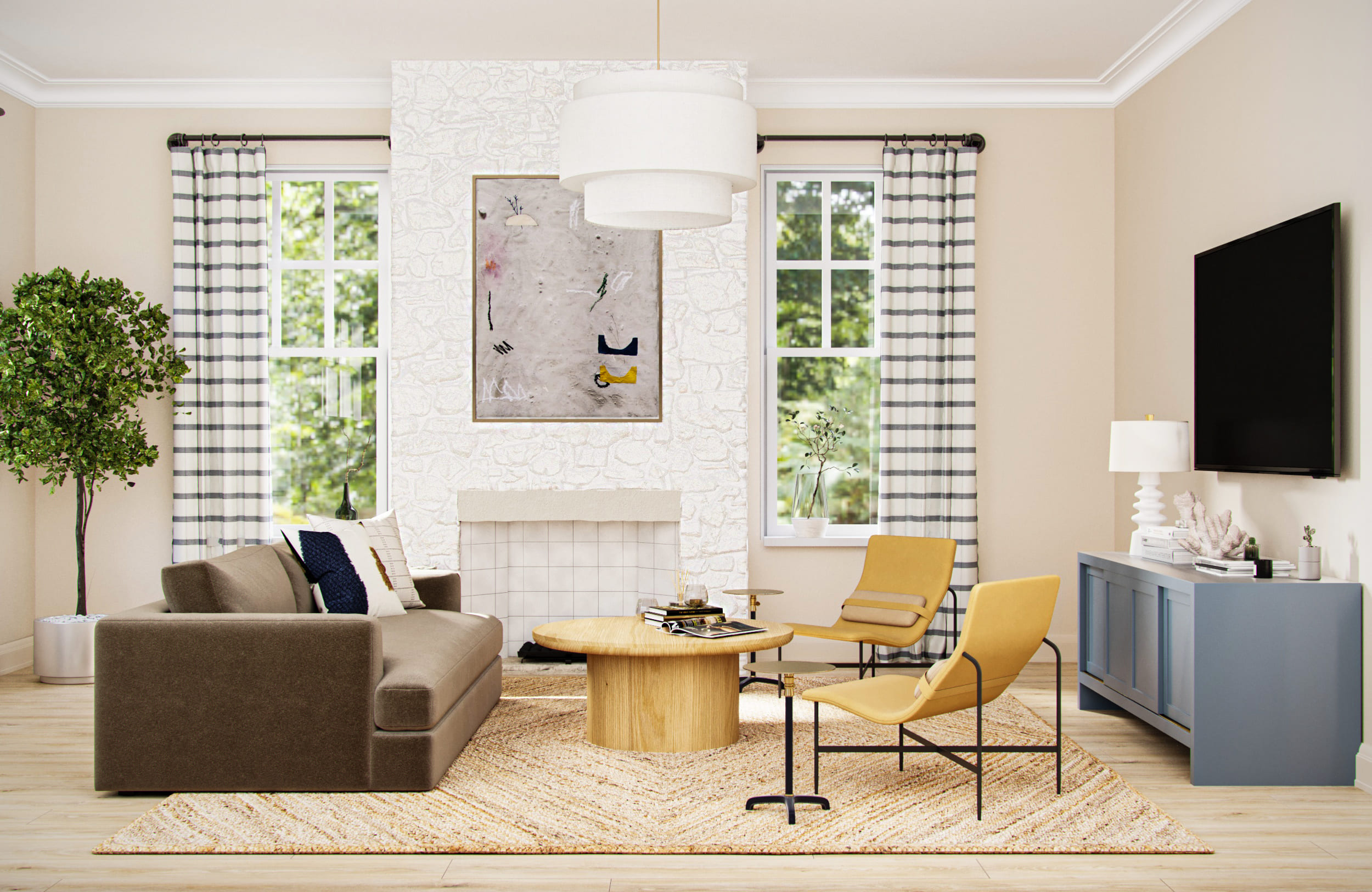
Image from Yousee Studio
3. Client Adoption
While real-time rendering and VR offer exciting possibilities, not all clients are familiar with these technologies. This discrepancy in tech-savviness can pose a challenge when presenting designs and seeking feedback. Designers must take on the role of educators, effectively guiding clients through the immersive experience.
Here are some strategies to address this challenge:
- Training Sessions: Offering short training sessions to clients before a VR presentation can help them navigate the virtual environment confidently.
- Clear Communication: Designers should clearly communicate the benefits of real-time rendering and VR, emphasizing how these technologies enhance their understanding of the design.
- Demo Sessions: Hosting demo sessions where clients can explore a simplified VR environment can demystify the technology and instill confidence.
Let's focus on the exciting future trend set to transform the interior design and rendering landscape.
AI-Enhanced Rendering (Continued)
Artificial intelligence (AI) is poised to play an increasingly significant role in interior design rendering. AI-driven rendering engines can analyze design parameters, lighting conditions, and client preferences to more efficiently generate highly realistic visuals.
Here's how AI is making its mark in rendering:
- Automated Scene Setup: AI can simplify the sceneries by intelligently placing light sources, adjusting materials, and optimizing camera angles for the best possible rendering results.
- Realistic Material Synthesis: AI algorithms can generate highly detailed materials, such as fabric textures or complex wood grains, making the rendering more practical and efficient.
- Noise Reduction: AI-driven denoising techniques help reduce the time-consuming noise often associated with high-quality renderings. This enables designers to achieve cleaner visuals more quickly.
- Style Transfer: AI can mimic various artistic styles, allowing designers to experiment with different aesthetics and visual effects effortlessly.
AI-enhanced rendering accelerates the rendering process and empowers designers to explore creative possibilities they might not have considered otherwise.
Sustainable Design Visualization (Continued)
Sustainability and environmental considerations are increasingly vital in interior design. As society's focus on green design grows, rendering technology will play a pivotal role in visualizing sustainable and eco-friendly design concepts.
Here's how rendering technology contributes to sustainable design:
- Energy Simulation: Advanced rendering software can simulate the energy performance of a space, helping designers make informed decisions about lighting, heating, and cooling systems to reduce energy consumption.
- Material Selection: Renderings can showcase sustainable material choices, such as reclaimed wood, recycled materials, and low-VOC paints, allowing clients to see the environmental benefits of these choices.
- Daylighting Analysis: Renderings can illustrate the impact of natural light on space, encouraging daylighting strategies to reduce the need for artificial lighting.
As sustainability continues to be a driving force in design, rendering technology will provide valuable insights into the environmental impact of design choices.
Augmented Reality (AR) Integration (Continued)
While virtual reality (VR) offers immersive experiences, augmented reality (AR) has unique interior design advantages—AR applications overlay digital designs onto physical spaces, providing a mixed-reality experience.
Here's how AR is making waves in interior design:
- Client Engagement: With AR, clients can use their smartphones or AR glasses to view proposed design changes within existing spaces. This hands-on approach enhances client engagement and helps them visualize design alterations more effectively.
- On-Site Visualization: Designers can use AR to overlay proposed designs onto physical spaces during site visits. This real-time visualization ensures that design decisions align with the existing environment.
- Collaborative Design: AR technology allows you to join joint design sessions. Designers and clients can view and interact with digital design elements, making it easier to refine concepts together.
AR bridges the gap between the digital and physical realms, offering interior designers a practical and interactive tool.
Real-Time Collaboration
The interior design process is inherently collaborative, involving designers, clients, contractors, and various specialists. Real-time collaboration platforms, often cloud-based, are set to streamline and enhance communication among stakeholders.
Here's how real-time collaboration is transforming interior design:
- Shared Workspaces: Collaborative platforms allow all project stakeholders to work within the same digital environment. Designers, clients, and contractors can access project files, 3D models, and renderings in real time.
- Instant Feedback: With real-time collaboration, clients can provide instant feedback on design proposals, reducing the need for lengthy email exchanges and accelerating decision-making.
- Version Control: These platforms often include version control features, ensuring everyone works with the latest design iterations.
As these trends continue to shape the interior design and rendering industry, designers and firms should embrace the opportunities they bring. The intersection of AI, sustainability, AR, and real-time collaboration promises to make interior design more efficient, engaging, and environmentally conscious.
In conclusion, digital rendering has revolutionized interior design, enabling designers to create stunning visualizations that bridge the gap between imagination and reality. Designers can craft compelling visuals through techniques like realistic material rendering, effective lighting, and post-processing. Real-time rendering and VR technologies are advancing, making design collaboration and exploration more immersive and engaging. While challenges exist, the future of interior design rendering holds great promise, with AI, sustainability, AR, and real-time collaboration leading the way.
As we conclude our journey through the world of digital rendering in interior design, it's clear that technology will continue to shape the future of this creative discipline, making it more accessible, interactive, and inspiring than ever before.
Contact us at YouSee Studio for captivating 3D renderings and immersive virtual experiences.
Karen Spacey is a content writer and the author of this article.

